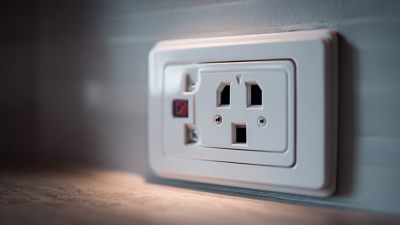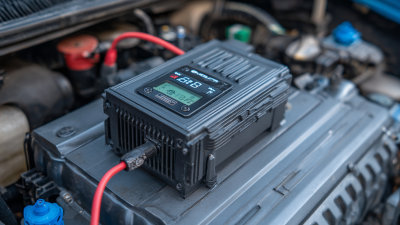
-
Home
-
About Us
-
Products
-
Total Solution
-
News
-
Blog
-
Contact Us
Leave Your Message
-
-
Phone
-
E-mail
-
Whatsapp
-
Whatsapp



Choosing the right car inverter can significantly enhance your travel experience, allowing you to power essential devices while on the road. As per the latest market analysis by ResearchAndMarkets, the global car inverter market is expected to grow at a CAGR of 6.3% from 2021 to 2026, reflecting the increasing demand for portable power solutions among consumers.
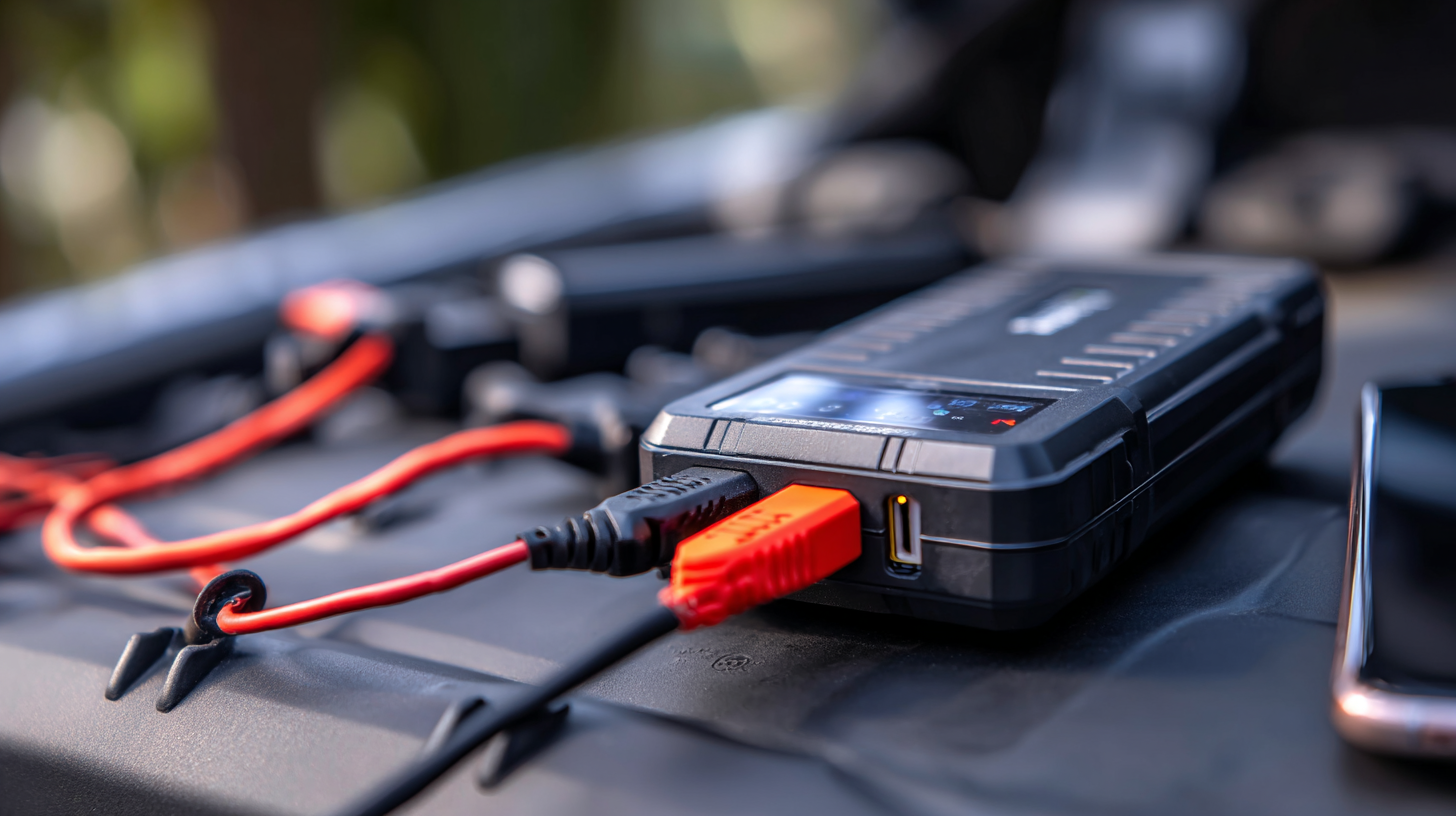 With the rise in electric vehicles and the growing reliance on electronic devices, selecting a suitable car inverter tailored to your needs has never been more crucial. Whether you're a frequent traveler, a road trip enthusiast, or someone who relies on devices for work, understanding the specifications and features of car inverters is essential. In this guide, we will explore key factors like wattage capacity, type of inverter, and safety features to help you make an informed decision for your specific requirements.
With the rise in electric vehicles and the growing reliance on electronic devices, selecting a suitable car inverter tailored to your needs has never been more crucial. Whether you're a frequent traveler, a road trip enthusiast, or someone who relies on devices for work, understanding the specifications and features of car inverters is essential. In this guide, we will explore key factors like wattage capacity, type of inverter, and safety features to help you make an informed decision for your specific requirements.
When selecting a car inverter, it's essential to understand the different types available and their applications. Car inverters generally fall into two main categories: modified sine wave and pure sine wave. Modified sine wave inverters are typically more affordable and suitable for basic electronics like phone chargers, while pure sine wave inverters provide cleaner power that is essential for sensitive devices such as laptops and medical equipment. According to industry reports, the power electronics market for electric vehicles is projected to grow significantly, with revenues expected to reach $33.99 billion by 2034, driven by advancements in inverter technology.
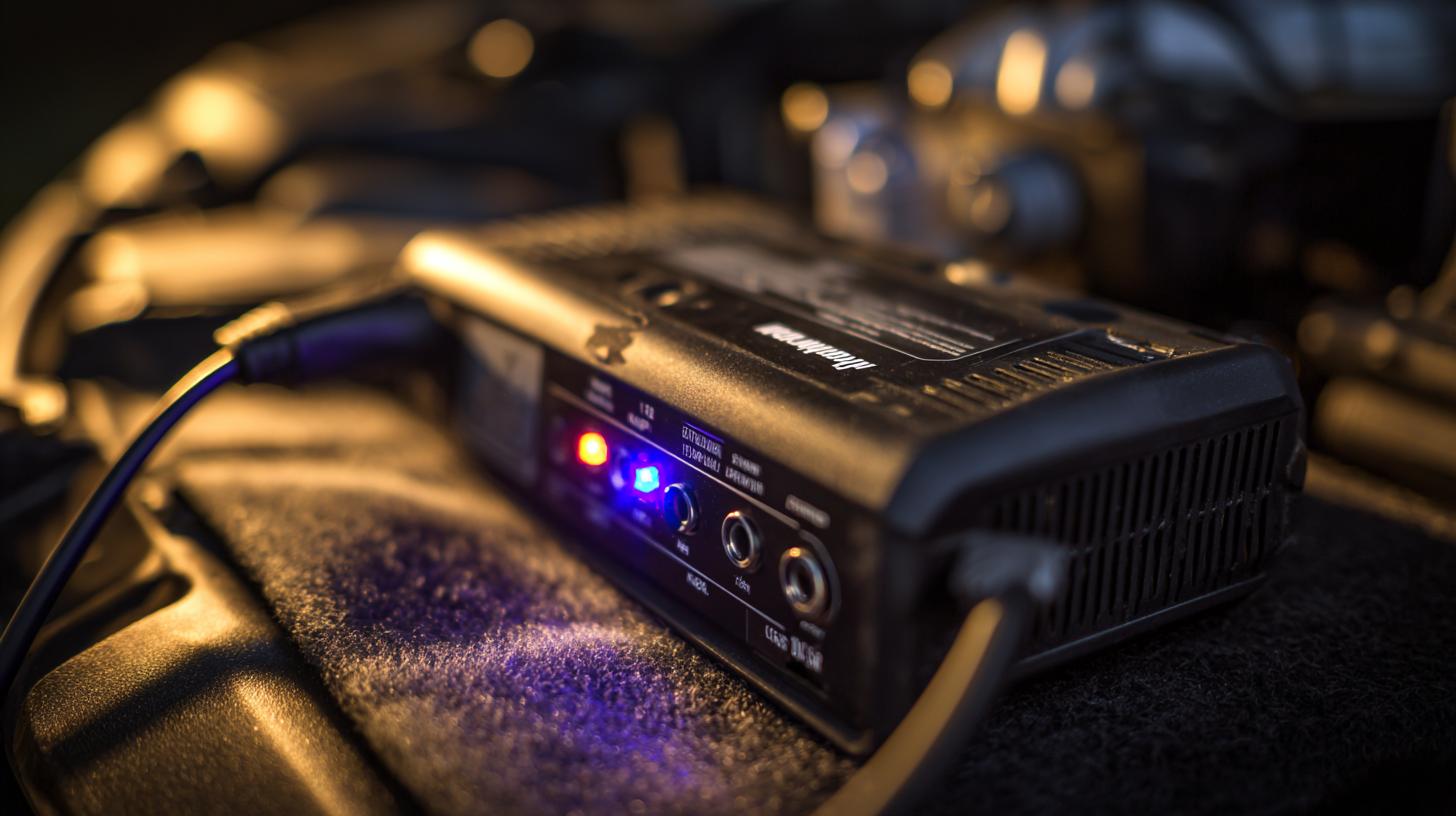
Tips for choosing the right car inverter include considering the wattage requirements of your devices and looking for inverters with multiple outlets if you plan to power several devices simultaneously. Additionally, keep an eye on the inverter's efficiency rating; higher efficiency means less wasted energy and longer battery life during your travels. With the automotive power modules market also on the rise, estimated to grow from $9.86 billion in 2025 to $25.14 billion by 2032, the demand for reliable and efficient inverters is surely set to increase, making careful selection even more critical for consumers.
When selecting the right car inverter, assessing your power requirements is the critical first step. Car inverters convert the DC power from your vehicle's battery into AC power, enabling you to use devices such as laptops, smartphones, and even small appliances on the go. According to a recent industry report by Research and Markets, the demand for car inverters is projected to grow at a CAGR of 6.2% from 2021 to 2026, driven by the increasing use of electronic devices while traveling.
To make an informed choice, start by calculating the total wattage of the devices you plan to use. This involves checking the power ratings of each device—typically found on the charger or user manual. For example, a laptop may require 60-100 watts, while smaller devices like phones may need only 5-20 watts. Ensure the inverter you choose has a continuous wattage rating higher than your total calculated wattage to prevent any potential overload.
**Tips:** Always consider the surge wattage of your devices as some may require additional power at startup, often up to three times their usual running wattage. It’s also wise to select an inverter with multiple outlets and USB ports, enhancing versatility for charging multiple devices simultaneously. Additionally, investigate features such as built-in protection against overheating and overloading to ensure safety on your travels.
| Inverter Type | Power Output (W) | Input Voltage (V) | Features | Recommended Use |
|---|---|---|---|---|
| Modified Sine Wave | 300W | 12V | Compact design, cost-effective | Small electronics, lights |
| Pure Sine Wave | 600W | 12V | Quiet operation, safe for sensitive devices | Laptops, medical devices |
| High Power Inverter | 1500W | 24V | Multiple outputs, overload protection | Power tools, appliances |
| Portable Inverter | 300W | 12V | Lightweight, easy to carry | Camping, road trips |
When choosing a car inverter, it’s essential to consider several key features to ensure it meets your specific needs. First and foremost, pay attention to the inverter’s power output. This is typically measured in watts and determines how many devices you can run simultaneously. If you plan to power larger devices, such as a laptop or small appliances, look for an inverter with adequate wattage to accommodate these requirements without the risk of overloading.
Another crucial aspect to consider is the number and type of outlets available. Some inverters come with multiple AC outlets, USB ports, or even DC outputs. Depending on your typical usage, choose an inverter that provides a variety of options, allowing you to charge multiple devices at once. Additionally, safety features such as overload protection, short circuit prevention, and thermal protection are important for safeguarding your devices and ensuring reliable performance on the road. By focusing on these key features, you can select an inverter that not only fits your needs but also enhances your travel experience.
When selecting a car inverter, portability and design are crucial factors that can significantly impact your overall experience. A compact and lightweight inverter ensures that it can be easily stored and transported within your vehicle without taking up excessive space. Look for models that can fit snugly in your glove compartment or under a seat, making them convenient for travel or daily use. Moreover, an inverter with a robust exterior design is preferred, as it can withstand the bumps and vibrations of the road, offering both durability and functionality.
Additionally, consider the design features that enhance usability. Inverters with multiple USB ports and AC outlets provide better versatility, allowing you to charge multiple devices simultaneously. Models with built-in safety features, such as overload protection, are essential for ensuring that your devices remain safe while charging. Some inverters come with LED indicators that display the charge status and operational health, adding to their user-friendliness. By focusing on portability and thoughtful design elements, you can choose an inverter that not only complements your vehicle but also meets your power needs efficiently.
When using car inverters to power electronics, safety considerations are paramount. According to a report by the National Highway Traffic Safety Administration (NHTSA), electrical malfunctions, including those caused by improperly used inverters, are responsible for a significant number of vehicle fires each year. The stationary nature of many car inverters can lead to overheating if not properly ventilated; therefore, it’s crucial that users select an inverter with built-in cooling mechanisms and don’t block airflow during use.
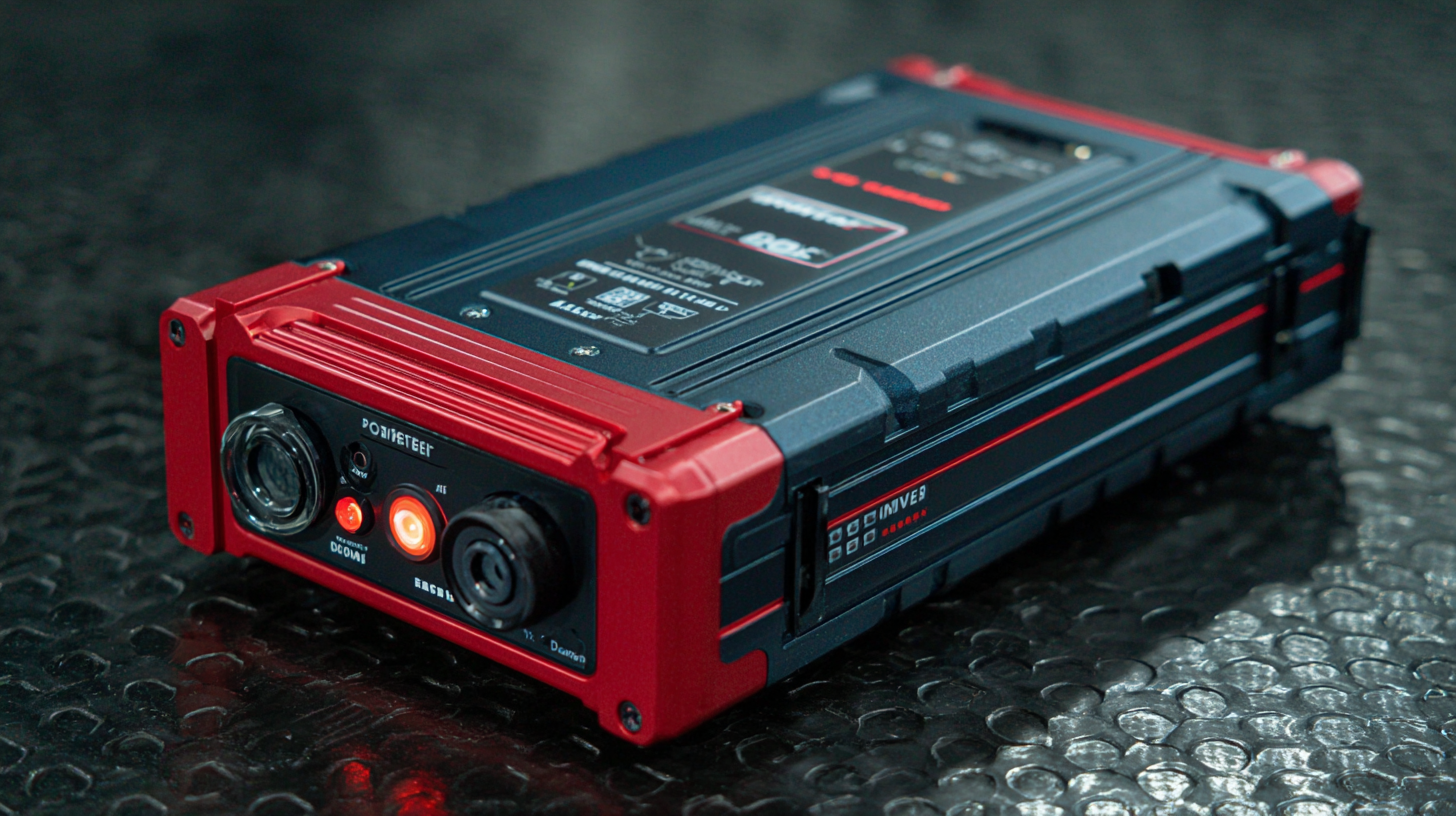
Additionally, ensuring that the inverter’s wattage is suitable for the intended devices is vital. The Consumer Products Safety Commission (CPSC) indicates that exceeding the inverter’s power limit can not only damage the electronics but can also pose a fire hazard. Proper fuse installation and checking for compatibility are essential steps in this process. Regular inspections of wiring and connections can help mitigate risks, making it necessary for users to remain vigilant about potential wear and tear that can compromise safety during operation.
